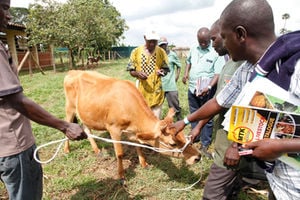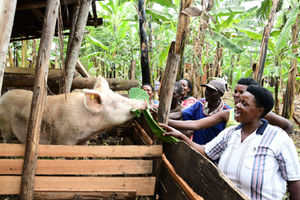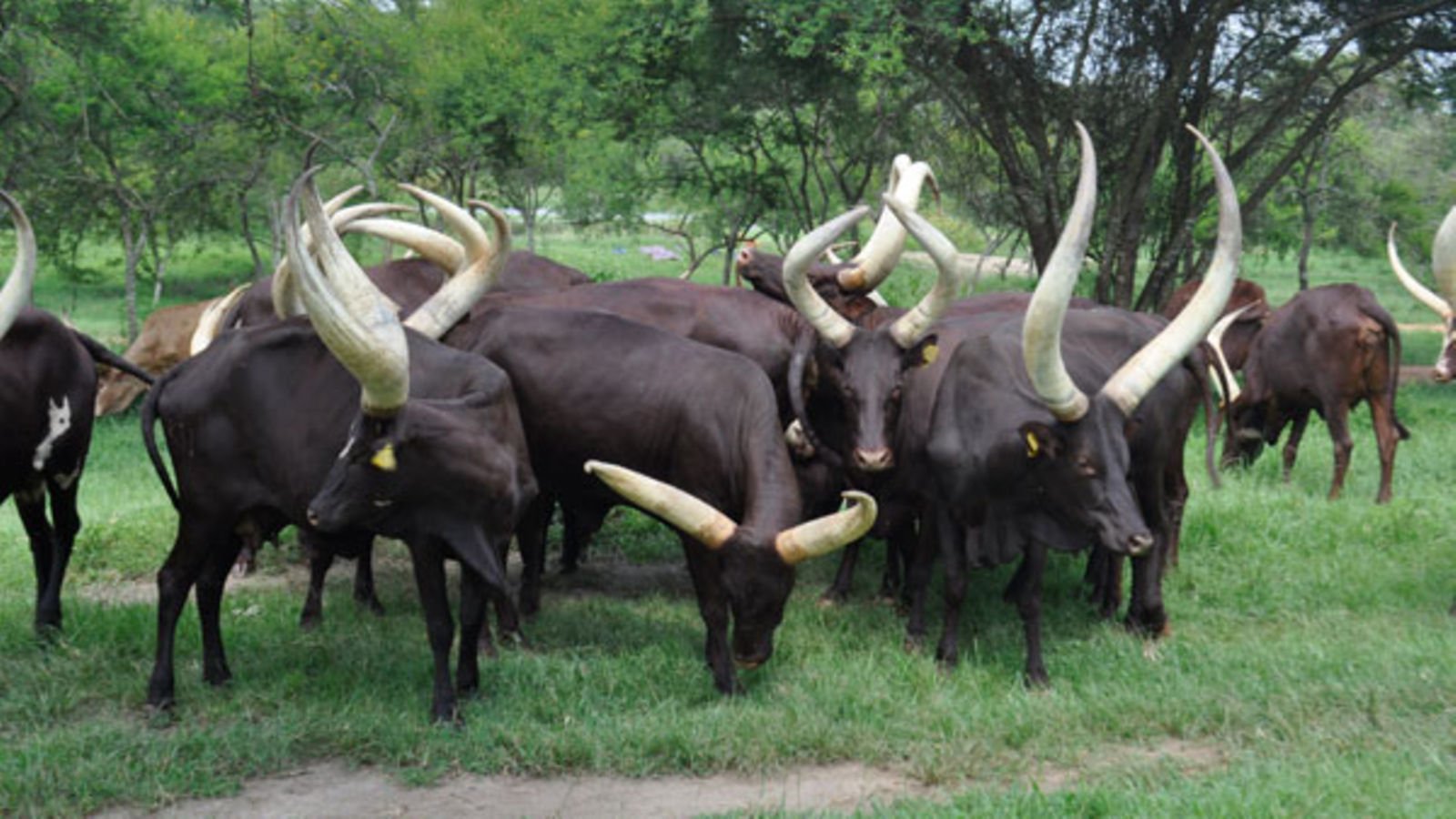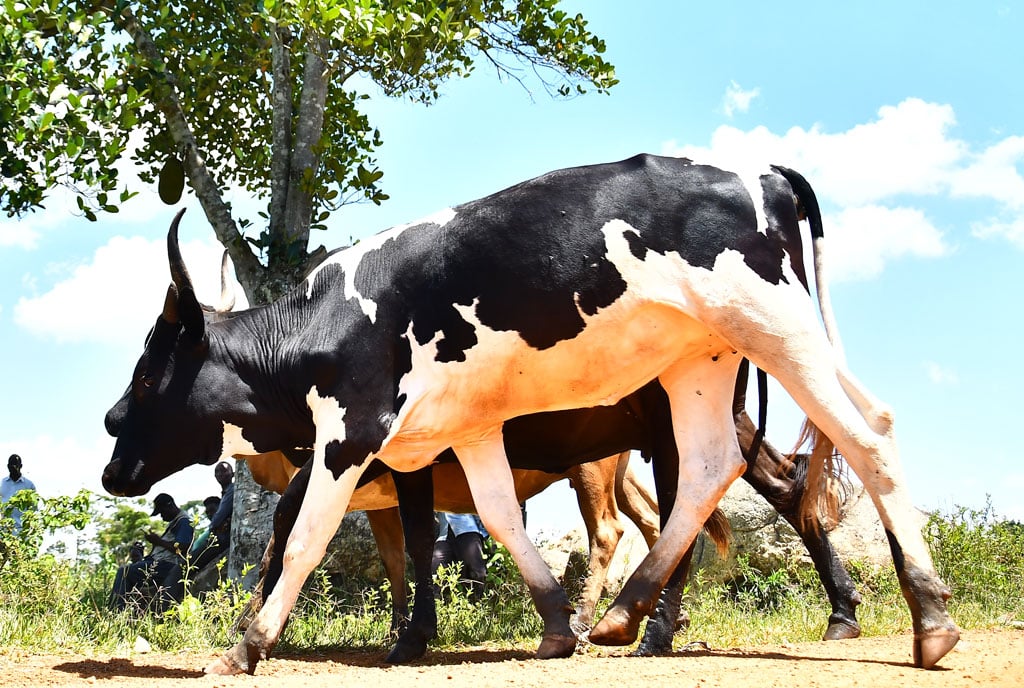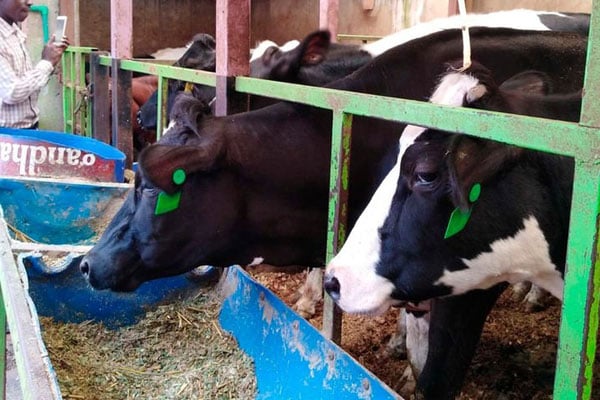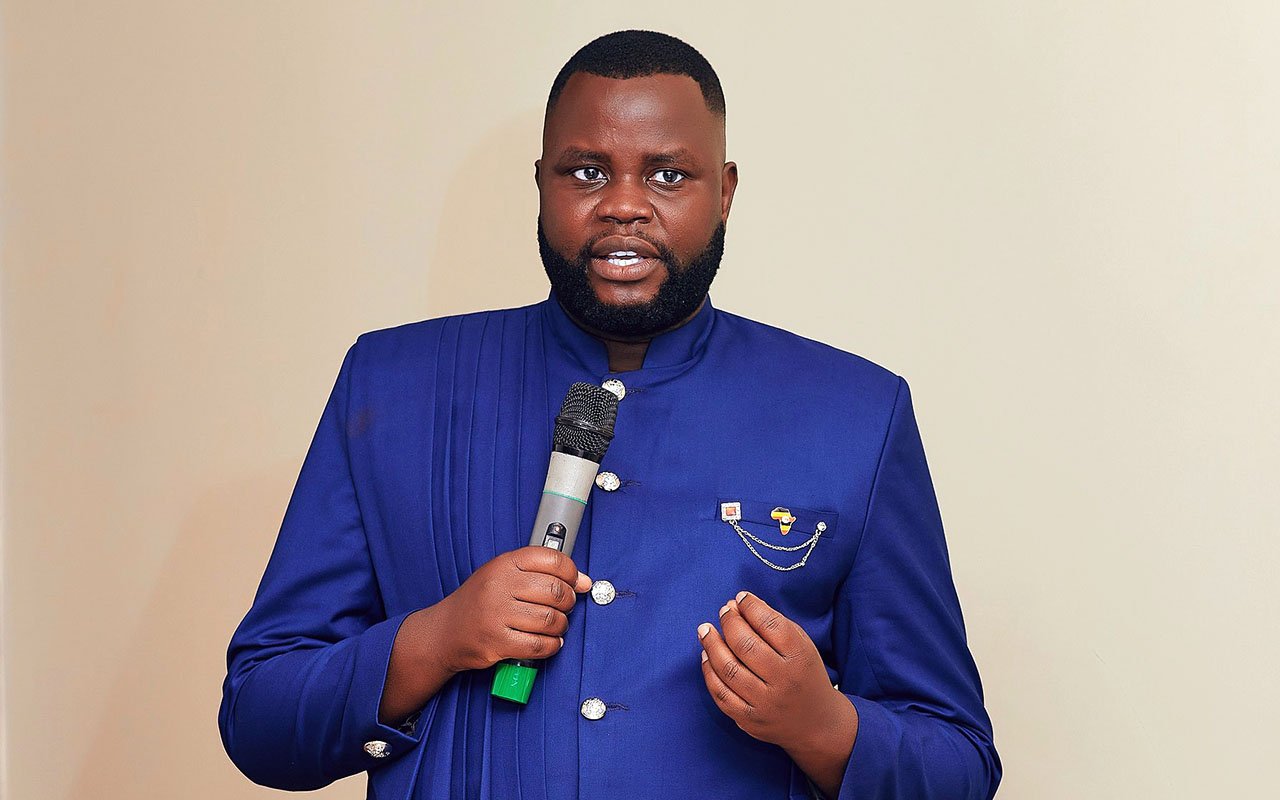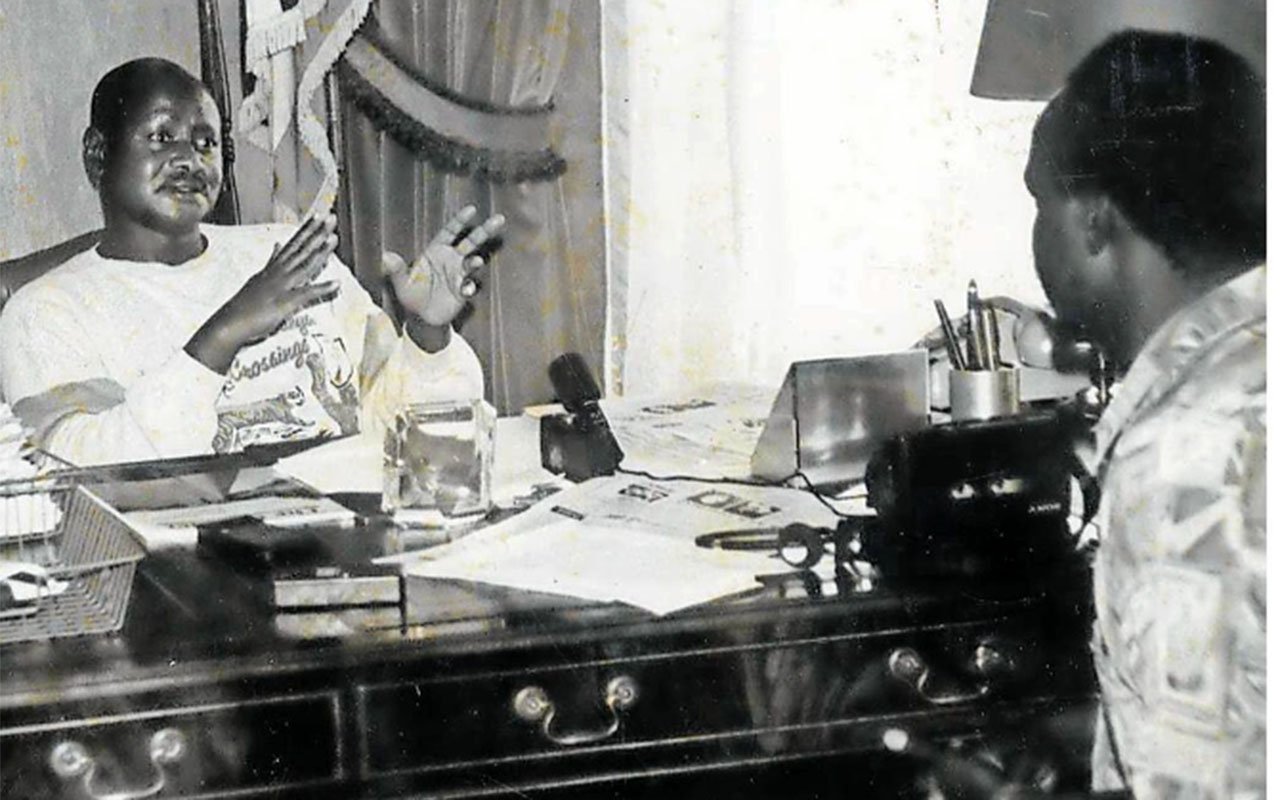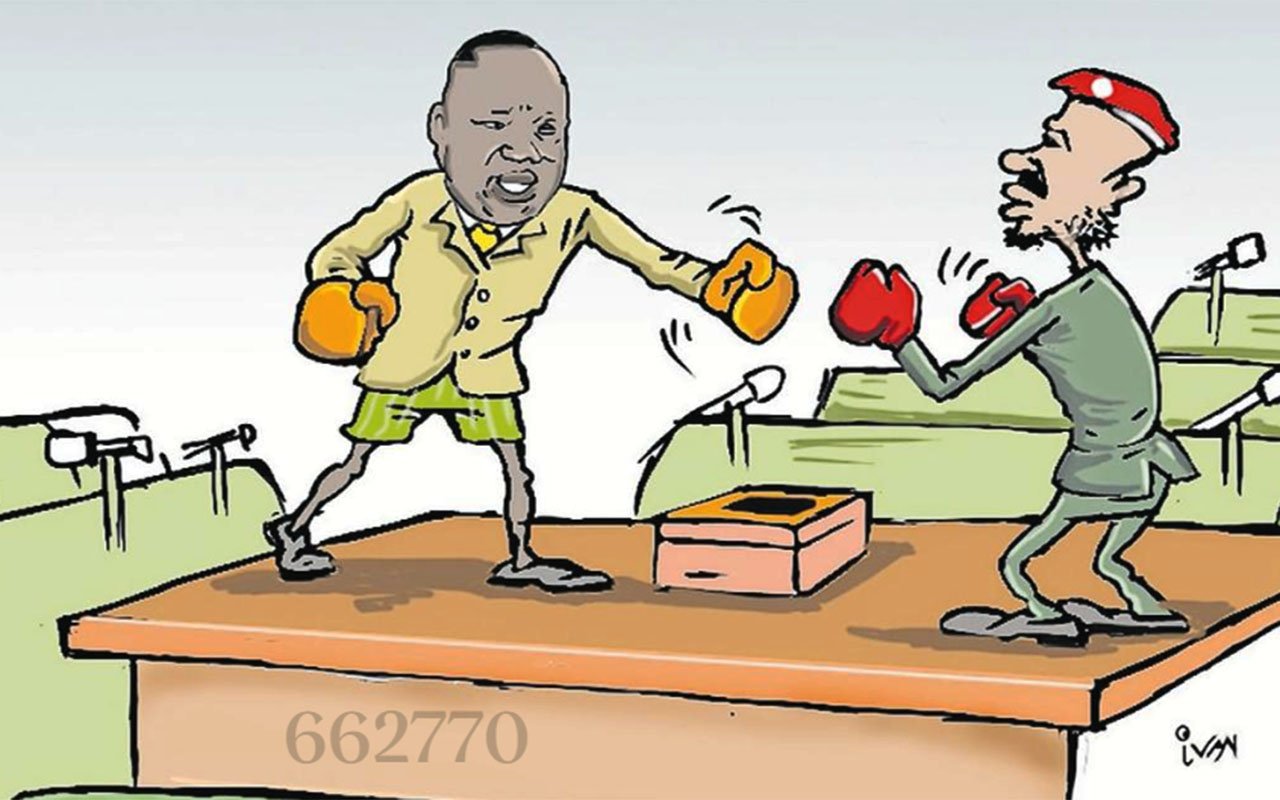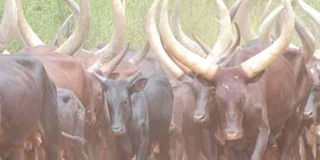
The precarious dance between abundance and scarcity is a harsh reality for cattle keepers in Nakaseke District.
Nakaseke, a cog in the cattle corridor, faces mounting challenges. As a dairy hub, the region’s economy hinges on cattle. However, fluctuating milk prices, disease outbreaks, and cultural hurdles threaten the livelihoods of its farmers. As the region swings wildly between the flow of the rainy season and the grip of the dry spell, so too does the price of their livelihood. While milk overflows for a mere Shs300 per litre during the wet months, the same liquid gold commands a staggering Shs2,000 per litre when the rains retreat.
This economic rollercoaster, coupled with the twin threats of counterfeit agricultural supplies and deeply entrenched cultural beliefs on cattle farming, paints a grim image of a community grappling for survival and progress.
Compounding these challenges is the ongoing foot-and-mouth disease quarantine that has gripped the district since last year. Despite these restrictions, the relentless disease continues to claim livestock, as insufficient vaccination doses prove a formidable obstacle to recovery.
“We want to see farmers use effective solutions throughout the milk value chain that can increase productivity of the dairy sector for all the people living in Nakaseke,” says Ignatius Abaijuka, the Planning, Monitoring and Evaluation Manager at Heifer International Uganda.
Last week, at the inception event for the Distributed Renewable Energy Ecosystem Model (DREEM) Hub project at the Nakaseke District headquarters, Abaijuka highlighted the dairy sector’s critical challenge: low milk productivity. With average daily yields plummeting to as low as three litres during the dry season and five during the wet, it’s clear that Ugandan dairy farmers face significant hurdles.
Abaijuka attributes this crisis to a confluence of factors including poor herd management, inferior breeds, and acute feed and water shortages during the dry season. Furthermore, he emphasises the constraints imposed by the rural location of milk collection centres, where limited grid power hinders the dairy industry’s full potential.
Background
Dairy farming is a highly energy-intensive operation reliant on consistent electricity for powering milking machines and refrigeration. Unfortunately, Uganda’s electrification rate was a mere 28 percent in 2018, according to the World Bank. This energy deficit severely impacts dairy farmers.
Without reliable electricity, preserving milk quality is a formidable challenge, forcing many to resort to costly and polluting diesel generators. The burden of fuel and generator maintenance is immense, accounting for approximately 40 percent of operational costs for dairy cooperatives. These escalating expenses erode profit margins and, consequently, the prices paid to farmers.
Moreover, milk processors often operate below capacity due to insufficient supply from cooperatives hindered by these energy constraints.
Gorrettie Mukakatare, a local politician and cattle farmer from Wakyato, underscores the financial strain of running a diesel generator which demands up to Shs200,000 per day in fuel alone.
A green solution
Heifer International Uganda is spearheading a green revolution in Nakaseke District with the launch of the Distributed Renewable Energy Ecosystem Model (DREEM) Hub project. This initiative aims to transform the dairy sector by addressing the critical challenge of unreliable and costly electricity.
According to Edna Nyamwaka, an environmental engineer and team leader for Power, Water and Internet programme at Heifer International Uganda, the solution is to adopt solar power use.
She says that dairy farmers in the region have long grappled with the high costs and inefficiencies of diesel generators, which account for a staggering 40 percent of operational expenses for milk collection centres. Power outages are a frequent occurrence, leading to milk spoilage, reduced income, and suboptimal performance for dairy processors.nly for the green power produced at lower rates.
The project
Heifer International Uganda is spearheading a green revolution in Nakaseke District with the launch of the Distributed Renewable Energy Ecosystem Model (DREEM) Hub project. This initiative aims to transform the dairy sector by addressing the critical challenge of unreliable and costly electricity.
